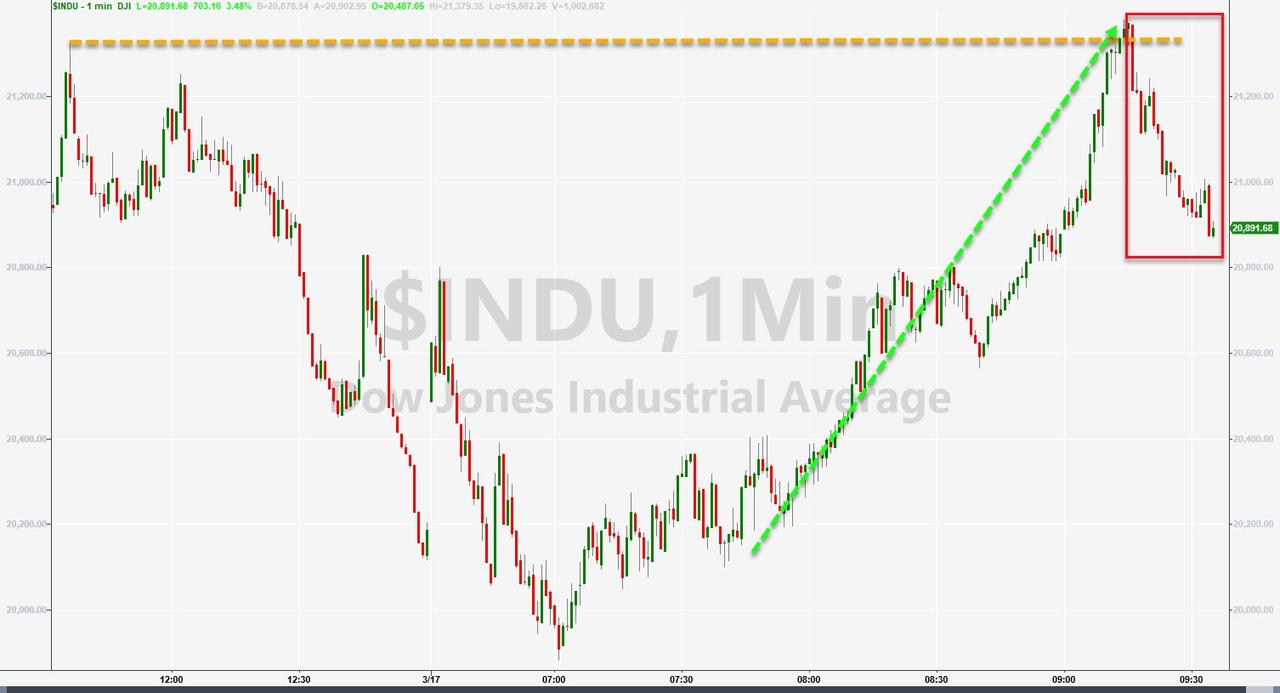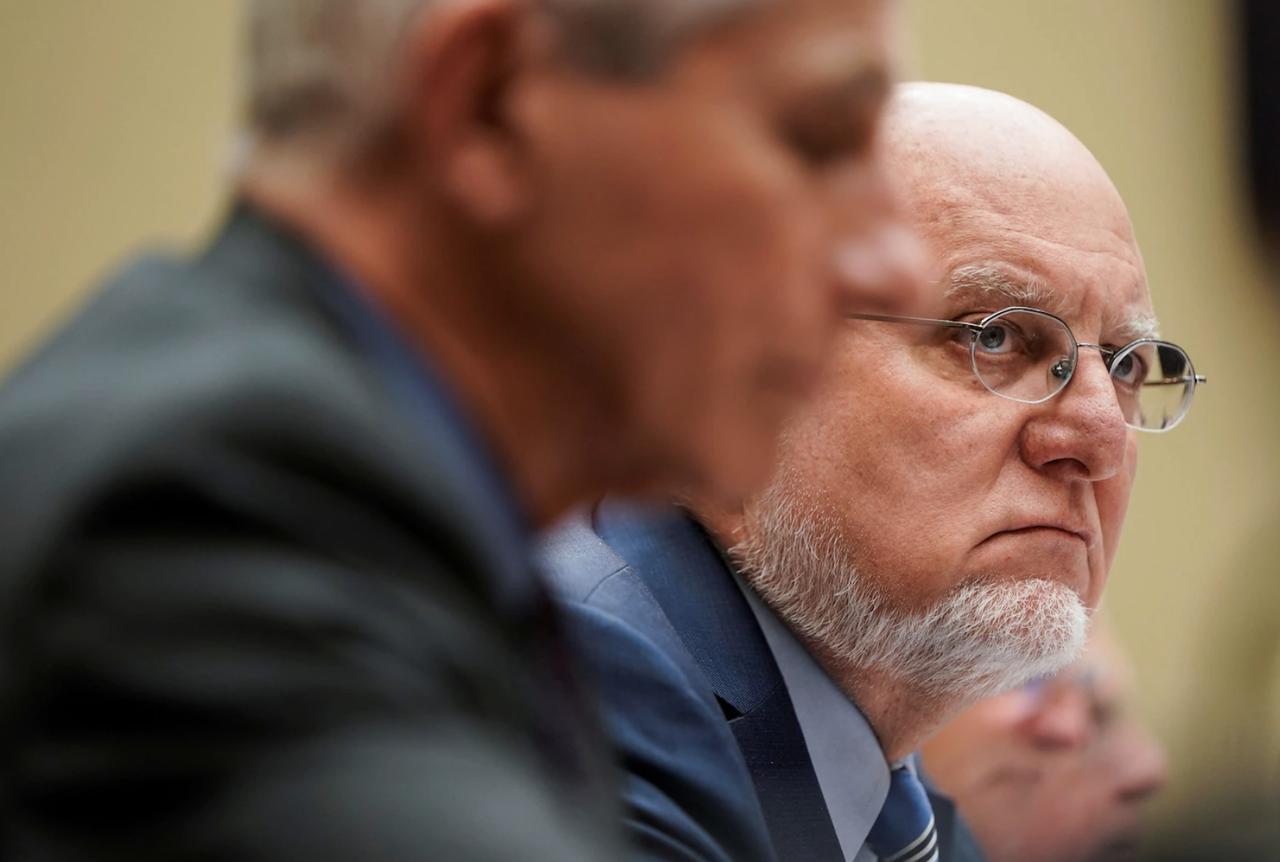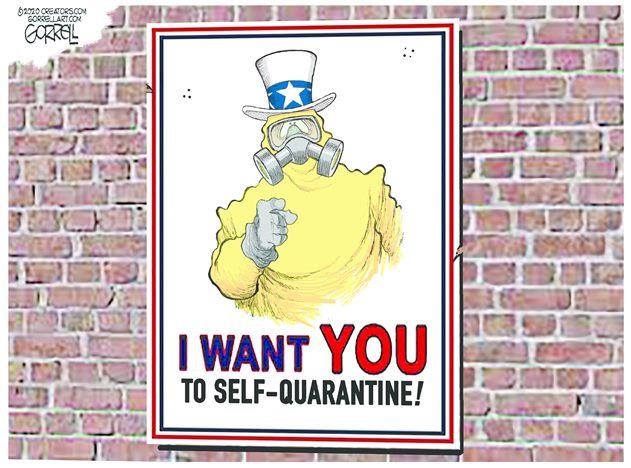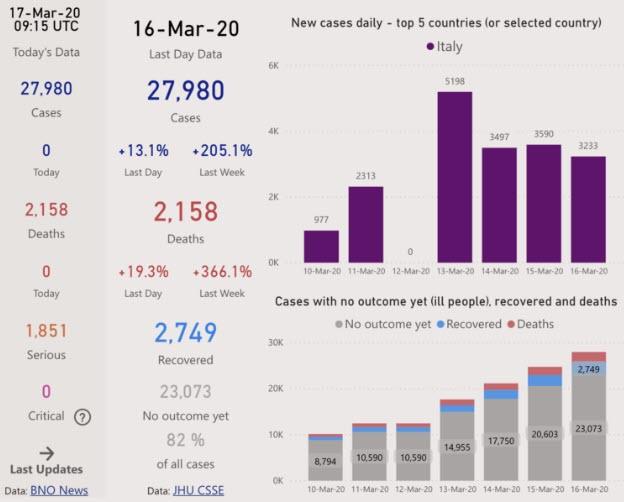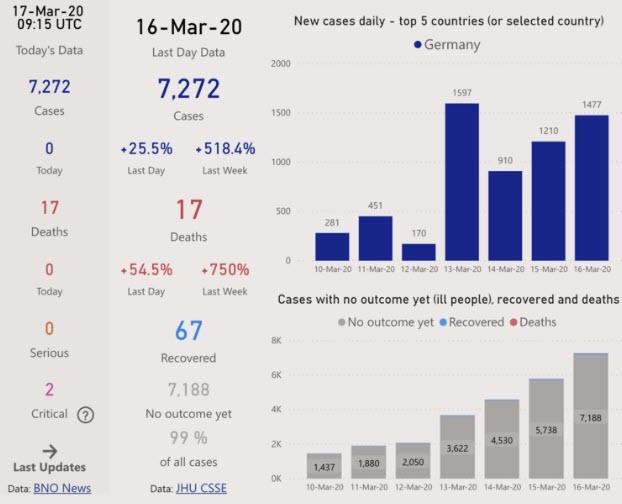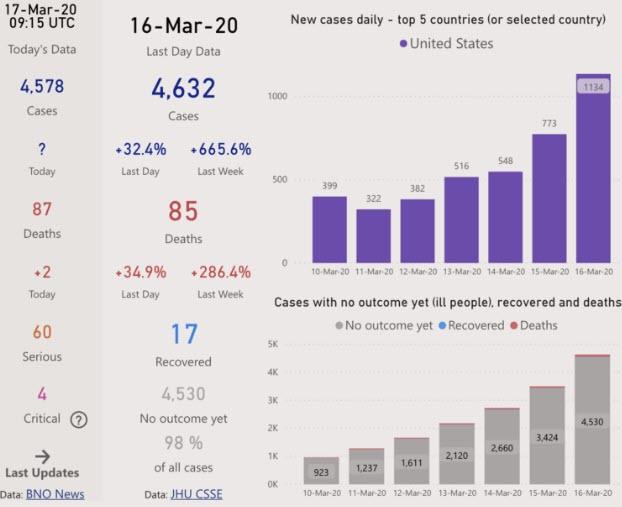Now that sports have been effectively canceled, there is apparently a new competition afoot in this coronavirus-cursed country: Politicians vying to see who can impose the most freedom-infringing clampdown in the name of flattening the curve.
New Jersey Gov. Phil Murphy on Monday evening “strongly suggested” a statewide curfew between 8 p.m. and 5 a.m., with exceptions made only for emergencies and “essential travel,” whatever that means. For now, this designation falls short of an official order, resting instead in the vaguely threatening legal zone of strong discouragement, though the governor has literally promised “more draconian steps” in the future.
The move came concurrently as a “shelter in place” order for the 7 million residents of six counties in the San Francisco Bay Area, who are now permitted to leave their own homes only “to provide or receive certain essential services or engage in certain essential activities and work for essential business or government services.” Violating the order is a misdeameanor that—according to the order!—”constitutes an imminent threat and creates an immediate menace to public health.” Don’t worry, though; San Francisco Police Chief William Scott said that cops will be taking a “compassionate, commonsense approach” to enforcement.
“We’re absolutely considering that,” New York City’s clownpants mayor Bill de Blasio added this morning.
It is worth thinking this stuff through a bit more than your average politician. I sit squarely on the worst-case-scenario side of the spectrum and have been practicing the kinds of social distancing de Blasio is only belatedly preaching, but there are a least four main commonsense objections to curfews that arise even before you start considering the constitutionality and massive economic impact of it all.
1) Shutting most everything down creates real shortages, not just the no-toilet-paper-at-Whole-Foods kind. The more people and industries you order locked down, the more supply chains get broken, the more stores shutter, the fewer goods are available. We all still need stuff, even if we’re sitting indoors all day. And in cramped, big cities like New York, where living space is at a premium, there is frequently neither storage space nor predilection for stocking up on weeks’ worth of food at a time.
2) Compressing the commercial day will mean more people shopping together in close quarters. The smart play until now among germaphobes has been hitting up the local Rite Aid in the wee small hours. Mayors, county executives, and governors are increasingly foreclosing that option.
3) Law enforcement has more urgent priorities than policing the free movement of citizens. At a moment when National Guard reservists are being called up to build emergency ICU capacity, do we really want available man/womanpower scaring peaceable residents straight?
4) Human beings do not have a limitless capacity for self-imprisonment. We are about to see a lot of resentment from the healthy Youngs about how they no longer have jobs or the ability to make student loan payments because of draconian governmental measures to combat a disease disproportionately affecting the Olds. But even setting that aside, in the absence of V-1 bombs flying overhead, people are eventually going to bust out of their containment. Setting up legal regimes in contravention of human nature is a recipe for all kinds of trouble.
How do these curfews and mandatory quarantines end? No really, how do they? What does success look like? When is the “emergency” over? We see very little acknowledgment that these questions are even relevant, let alone attempts to answer them amid the cascade of competitive shutdowns.
I, too, urgently hope that people mostly stay the hell away from each other over the coming weeks. But not at gunpoint, and not in such a way that creates new and perhaps even worse pathways for unhealthy behavior. Let’s be careful out there both personally and governmentally.
from Latest – Reason.com https://ift.tt/3b9AW2J
via IFTTT


